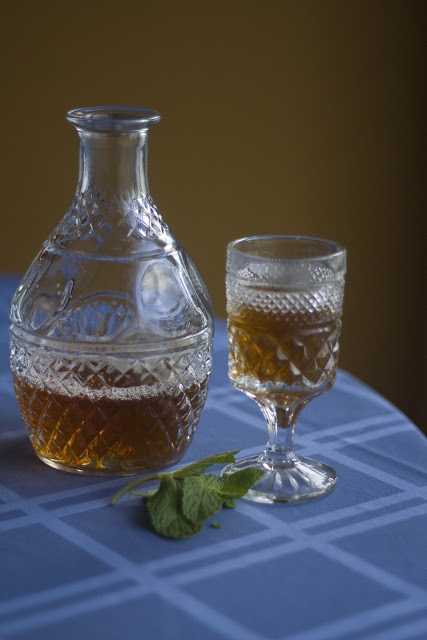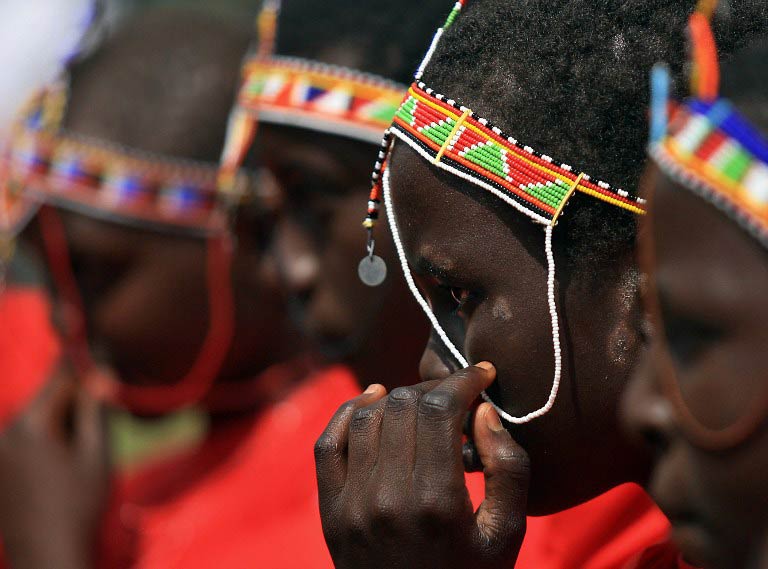As an immigrant, there are traditions you carry over with you to the new country and there are many more that you leave behind in the old country.
In my case, the old country is Kenya and the new is America.
The strongest expression of my old country in my life in the US today is in the form of food. The recipes my grandmother passed on to my mother and my mother to me have survived the proverbial crossing of the ocean. It doesn’t get more Kenyan than the tradition of Afternoon Tea.
Afternoon Tea is a British tradition that was carried over to many of the country’s colonies. Introduced in England in the early 1840s, it is a tea-related ritual that includes a small meal to help stem hunger between lunch and dinner.
Kenya took on this tradition – so well that I would dare to say that tea is the most important drink in Kenya (though many may argue it’s our national beer, Tusker). The country is currently the largest producer of tea in Africa. You can find a physical manifestation of this dominance in Kericho, the town where most of the country’s tea crop is grown.
Kenya has quadrupled its tea exports over the last decade, according to the Kenya Tea Board. (Yes, we have a Kenya Tea Board.)
The afternoon tea ritual itself is quite simple. Around 4pm throughout the country, people pause from their day to sit down and enjoy a cup of tea, often served with milk and sugar, or taken “strungi” (black). Finger foods include simple bread, sandwiches, a slice of cake or pastries. It is a shared meal with people often gossiping about politics – a national past-time and news of the day – before finishing off the latter part of their workday.
As much as I would like to think of Kenyans as the great influencers of all things to do with tea on the continent, the ritual of tea is enjoyed throughout Africa. According to the United Nations Environment Programme (UNEP), tea production in the East African region contributes 28% of the world market supply. Considering the fact that tea is the second most consumed beverage in the world, after water, with an estimated 18 to 20 billion cups of tea consumed every day, this is a major industry.
Other tea-growing African countries include Burundi, Cameroon, the Democratic Republic of Congo, Cameroon, Ethiopia, Kenya, Madagascar, Malawi, Mauritius, South Africa, Tanzania, Uganda and Zimbabwe.
As a tea aficionado, I enjoy various blends from across the continent. These are my favourites:
Kenya
Kenyans drink black tea often taken with milk and sugar, though there are those who prefer it “strungi” or just black. My family enjoys the ginger-flavoured (Tangawizi in Swahili) variety of tea, a popular option that has a great kick to it. You can buy some online here.
Somalia
I was first introduced to Somali “shaah” two years ago, and it has since become my favourite type of tea. I was drinking it daily at one point. The spice makeup of this tea is just delicious: nutmeg, cloves, cardamom, cinnamon, and ginger with black tea all crushed together for an incredible aroma. Make it yourself using this recipe.
South Africa
There are many names for Rooibos (“red bush” in Afrikaans) tea including red rose tea, red clover tea, and red diamond tea. It is made from the rooibos plant found in the Western Cape region of South Africa. Dutch settlers are said to have turned to the drink as an alternative to expensive imported black tea from Europe.
The popularity of the tea has grown worldwide now making up 10% of the international herbal tea market and about 0.3% of a global tea market that has an estimated value of US$ 23 billion, according to the South African department of agriculture. The country exports 6000 tonnes of rooibos tea per year with annual exports quadrupling in the last 13 years. This is a good thing for tea growers in South Africa, but has also led to a number of legal issues abroad due to cultural appropriation – as seen in this case with a French tea company trying to trademark the word “Rooibos” in France.
Tunisia
Green mint tea is traditionally a North African and Middle Eastern drink, widely popular in Tunisia. My go-to recipe is from the Crimetcondiment blog, and includes a dash of pine nuts for flavour.

Green tea actually comes from the same crop as black tea. However, its leaves undergo minimal processing – which allows the tea to retain most of its antioxidants – while black tea goes through an oxidation process.
The art of making a good green mint tea is in the foam/froth. To produce the froth on the surface, the tea is poured from a height out of a special pot with a long slender spout. You can also recreate this process yourself using two pots.
I am not the biggest fan of green tea but it is a delicious drink.
Senegal
There is also a large tea-drinking culture in West Africa especially in Senegal, the Gambia and Mauritania. These countries prefer a green mint tea similar to the Tunisian recipe above. The difference is that the Senegalese prefer a much sweeter affair and add a good amount of sugar to their tea.
The drinking of tea is an elaborate three-round process known as “Ataya” in Wolof; Ataya is also the name of the tea. The first round of tea is always strong and bitter, the second more sweet with a little mint, and the third, very sweet.
Why three rounds? There are various reasons, all folk legend, but my favourite is this: “The first cup is the love of your mother. The second is the love of your friends. The third is the love of your love.”
Adhis is a journalist who blogs at Chef Afrik where she is currently cooking her way through Africa one country at a time. She writes about food, travel and culture on the continent. Connect with her on Twitter.


